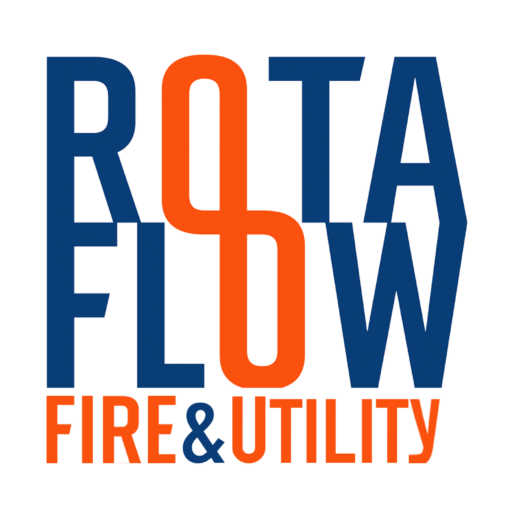Over the last 20 years the complexity of buildings has grown to take advantage of the numerous technological advances we have all experienced. Building systems such as fire detection and alarm systems have grown in complexity as well. This has resulted from new technologies in system design and operation and to facilitate the evolving strategies employed to protect buildings from fire and other hazards.
The changes in the industry have sometimes happened at breakneck speeds that overwhelm the standards used to ensure that systems are being installed appropriately. A case in point is CAN/ULC-S536 (The Standard for Inspection and Testing of Fire alarm Systems). Many jurisdictions still require inspection and testing to the 2004 edition of the standard where a new version was published in 2013 and most recently in 2019.
AHJ’s (Authorities Having Jurisdiction) have also been challenged by the new technologies to ensure that systems are properly installed and documented. As an example, AHJ’s have for some time requested a standardized format for the documentation of inspections and tests. The 2019 edition has added documentation requirements and standardized forms to assist them.
Previously, the forms were identified in the appendix as a suggested format, as opposed to a required format. The standard required certain documentation and the form to display it was in the hands of the supplier. The 2019 edition includes the report forms in the body of the standard and as such they are now a required form and format. The standard does allow some customization by allowing corporate logos to be applied to the forms.
This article will highlight some of the differences amongst the various editions of CAN/ULC-S536 but this should not be considered all-inclusive. Consider this a “headsup” for service companies and others to consider some of the more onerous requirements.
Changes 2004 – 2013 Highlights
1. Several glossary definitions have been revised to coordinate with other standards and for clarification. These include Deficiency, Fixed Type Extinguishing System, Power Isolation Module, Recommendation, Remark, Smoke Detector Alarm Verification, Suite Isolator Device, Supervisory Signal.
2. 6.2.2.4.2 Inspections cannot exceed 12 months.
3. 6.2.3 (Q) Enhanced Voice Communication tests.
4. 6.3 Power Supplies – clarified battery and generator tests and added documentation.
5. 6.4.1 Confirm device labels for active and supporting field devices and confirm actual field location.
6. 6.7 Field Devices – Requirements for manual stations, suite signals, end-of line devices.
Changes 2013 – 2019 Highlights
1. Scope now includes required and voluntary fire alarm systems.
2. Updates to referenced standards and new references.
3. Glossary definitions revised to coordinate with other standards such as CAN/ULCS524 and new technology standards including Air Sampling Detectors, Style N Data Communication Link, Short Range Radio Frequency Device. Definition changed/added in at least 35 cases. Definitions are important because they provide framework for related requirements.
4. Three definitions are most significant: Deficiency, Recommendation and Remark.
5. Documentation requirements are most important. These include the fact that form and format are now legally required to be as illustrated in the standard Section 7 for annual inspections and Section 8 for monthly inspections.
6. 6.1.4 An attendance log is now required with dates, times, and technician names.
7. 6.1.5 Missing documentation must be identified.
8. New testing and inspections as follow,
a. 6.2.3.1 for Control Units and Transponders,
b. 6.2.4 Interconnection to Fire Receiving Centre,
c. 6.3.1 Power Supplies and Batteries, Ancillary Devices,
d. 6.3.2 Battery Tests (very significant changes), battery test meter no longer acceptable.
9. Appendix C1 – Battery Tests new silent accelerated test method, C2 Battery Capacity Calculation, Generator.
10. 6.7 Operation Tests for non-DCL Fire Alarm Circuits – new requirements and notes.
11. 6.8.1.3 New regarding wireless devices.
12. 6.8.2 Manual Stations Note changed to a requirement.
13. 6.8.4.4 Additional requirements for Air Sampling Detectors.
14. 6.8.6 New – Carbon Monoxide Detectors Connected to Fire alarm Systems.
15. 6.8.8 New Short Range Radio Frequency Devices.
16. 6.9.2.1 New note and exception re Sprinklers.
17. 6.11.4/6.11.5 New Signal Devices
18. 20.0 Annual Fire Alarm System Test and Inspection Record – Format required and many new documenting requirement – ie: 22.10 Ancillary Device Circuit Test and 23.2 IDR (many changes such as additional measurement and Label/LCD Text documenting)
19. 24.0 Monthly Fire Alarm System Test and Inspection Report – updated table
As indicated, this is not a full list, and each item may contain several requirements within a heading. These lists are best reviewed with the standard(s) in hand. As you can see the 2019 edition is a major change requiring additional manpower to previous requirements and many additional documents in a test report. Nevertheless, the objective has always been to improve life safety for Canadians.
Courtesy of Building Reports Canada, www.BuildingReports.ca, 416-483-2895



